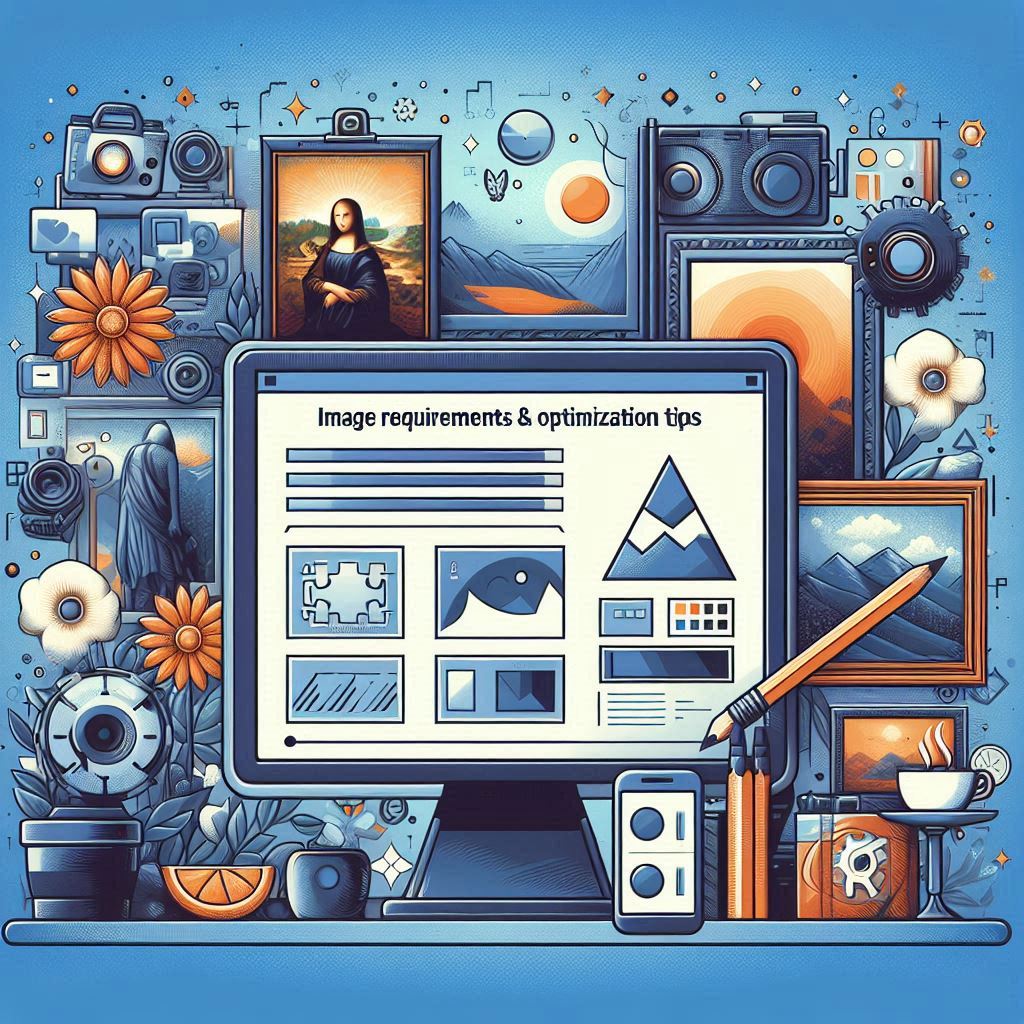Selling your artwork online through print-on-demand services has never been easier. Fine Art America (FAA) stands out as a popular platform for artists to showcase and sell their work. However, many struggle with image quality issues, stemming from a lack of clarity around FAA’s image requirements. This comprehensive guide will walk you through those requirements and provide optimization tips to ensure your images look their best as prints.
Table of Contents
- Understanding Fine Art America Image Requirements
- File Format
- Color Space
- File Size Limit
- Pixel Dimensions
- Optimizing Your Images for Fine Art America
- Shooting in RAW
- Resolution and Resizing
- Sharpening for Print
- Color Correction and Enhancement
- Exporting for FAA
- Fine Art America Image Troubleshooting
- Dark or Overexposed Prints
- Blurry Prints
- Color Discrepancies
- Frequently Asked Questions (FAQ)
1. Understanding Fine Art America Image Requirements
Before diving into optimization, let’s break down the fundamental Fine Art America image requirements, addressing Fine Art America file requirements, Fine Art America upload size limits, and more:
File Format
FAA exclusively accepts JPEG files (.jpg or .jpeg). This standardized format offers widespread compatibility and efficient compression, ensuring smooth processing and display across various devices.
Color Space
For accurate color reproduction, save your images in sRGB or Adobe 1998 color space. These color spaces are designed for online and print media, ensuring consistency between the image you see on your screen and the final printed product.
File Size Limit
The maximum Fine Art America upload size for an image is 25MB. This limit balances the need for high-resolution images with manageable file sizes for efficient uploading and processing.
Pixel Dimensions
Pixel dimensions determine the maximum print size your image can support without compromising quality. Larger prints require images with higher pixel dimensions to maintain detail and clarity.
2. Optimizing Your Images for Fine Art America
Now that we’ve covered the basic Fine Art America image requirements, let’s explore how to optimize your images for the platform:
Shooting in RAW
Always shoot your photographs in RAW format. RAW files capture the maximum amount of data from your camera’s sensor, providing greater flexibility and control during post-processing, allowing for finer adjustments to exposure, white balance, and color without degrading image quality.
Resolution and Resizing
The native resolution of your camera determines the initial pixel dimensions of your image. Avoid upscaling your images to artificially increase their size, as this introduces pixelation and reduces image sharpness. If you need to resize your images, use photo editing software like Photoshop or GIMP, employing high-quality resampling methods to minimize quality loss. Here’s a general guide to optimal pixel dimensions for common print sizes:
| Print Size | Minimum Pixel Dimensions |
|---|---|
| 5×7″ | 1500×2100 |
| 8×10″ | 2400×3000 |
| 11×14″ | 3300×4200 |
| 16×20″ | 4800×6000 |
Sharpening for Print
Sharpening is crucial for achieving crisp, detailed prints. Different sharpening algorithms exist, each with its strengths and weaknesses. Explore techniques tailored to print output, such as unsharp mask or smart sharpen, and experiment to find the best approach for your images.
Color Correction and Enhancement
Adjust color casts and enhance your images while maintaining natural tones. Use tools like curves, levels, and white balance adjustments to fine-tune color accuracy and create visually pleasing results. Remember, subtle enhancements can go a long way in making your prints pop.
Exporting for FAA
When exporting your images as JPEGs, optimize settings for FAA’s specifications. Employ features like “Save for Web” in Photoshop or similar functions in other software to control file size and quality. Aim for a high-quality setting that stays within the 25MB limit. A quality level around 80-90 often provides a good balance.
3. Fine Art America Image Troubleshooting
Despite careful preparation, you may encounter occasional issues with your prints. Here’s a troubleshooting guide to address common problems:
Dark or Overexposed Prints
Uncalibrated monitors or improper exposure during shooting can lead to prints that appear too dark or overexposed. Regularly calibrate your monitor to ensure accurate color and brightness representation. Consider using a hardware calibrator for the most accurate results. Additionally, adjust image brightness and contrast in post-processing to compensate for any exposure discrepancies.
Blurry Prints
Blurry prints often result from insufficient pixel dimensions for the chosen print size. Always check your image’s sharpness before uploading, and if necessary, resample the image to a higher resolution for larger prints. Keep in mind that significant upscaling can introduce unwanted artifacts, so it’s best to start with a high-resolution image whenever possible.
Color Discrepancies
Minor color variations between your screen and the final print can occur due to the complexities of color management and printing processes. When color accuracy is paramount, consider ordering a small sample print to assess the final output before placing larger orders. This allows you to make adjustments and ensure your prints match your vision before committing to a larger run.
4. Frequently Asked Questions (FAQ)
-
Can I upload images in PNG or TIFF format to Fine Art America?
No, FAA only accepts JPEG files to ensure compatibility and efficient file management.
-
Does the PPI/DPI setting matter for Fine Art America uploads?
While PPI/DPI is a factor in print resolution, focus on pixel dimensions as the primary determinant of maximum print size without quality loss.
-
How do I choose the right print sizes to offer on Fine Art America?
Consider your image’s resolution, popular print sizes among customers, and your artistic vision to provide a balanced selection that showcases your work at its best.
-
Can I contact Fine Art America for help with image uploads?
Yes, FAA offers customer support resources to assist artists with uploading and address any technical issues encountered during the process.

